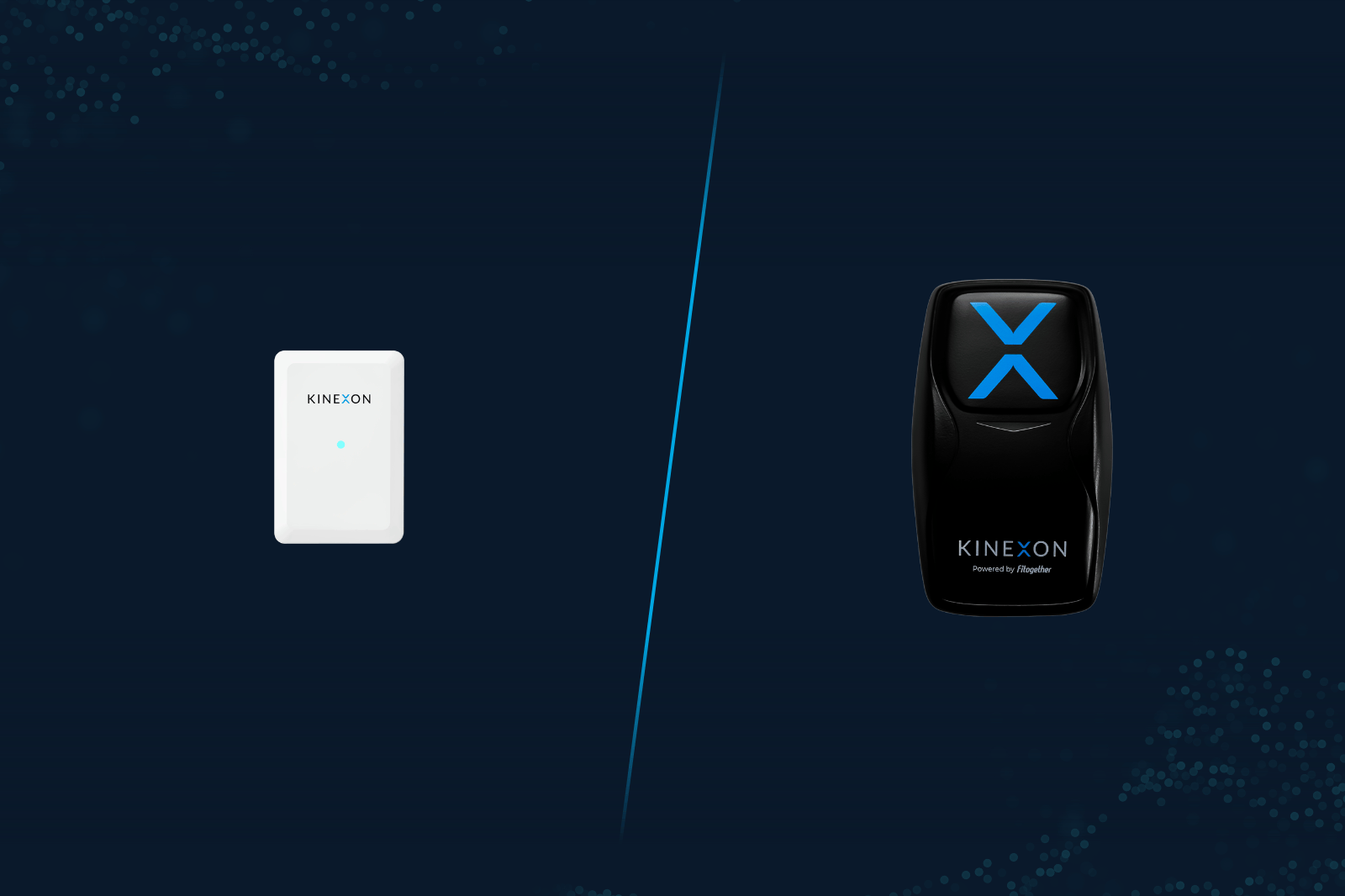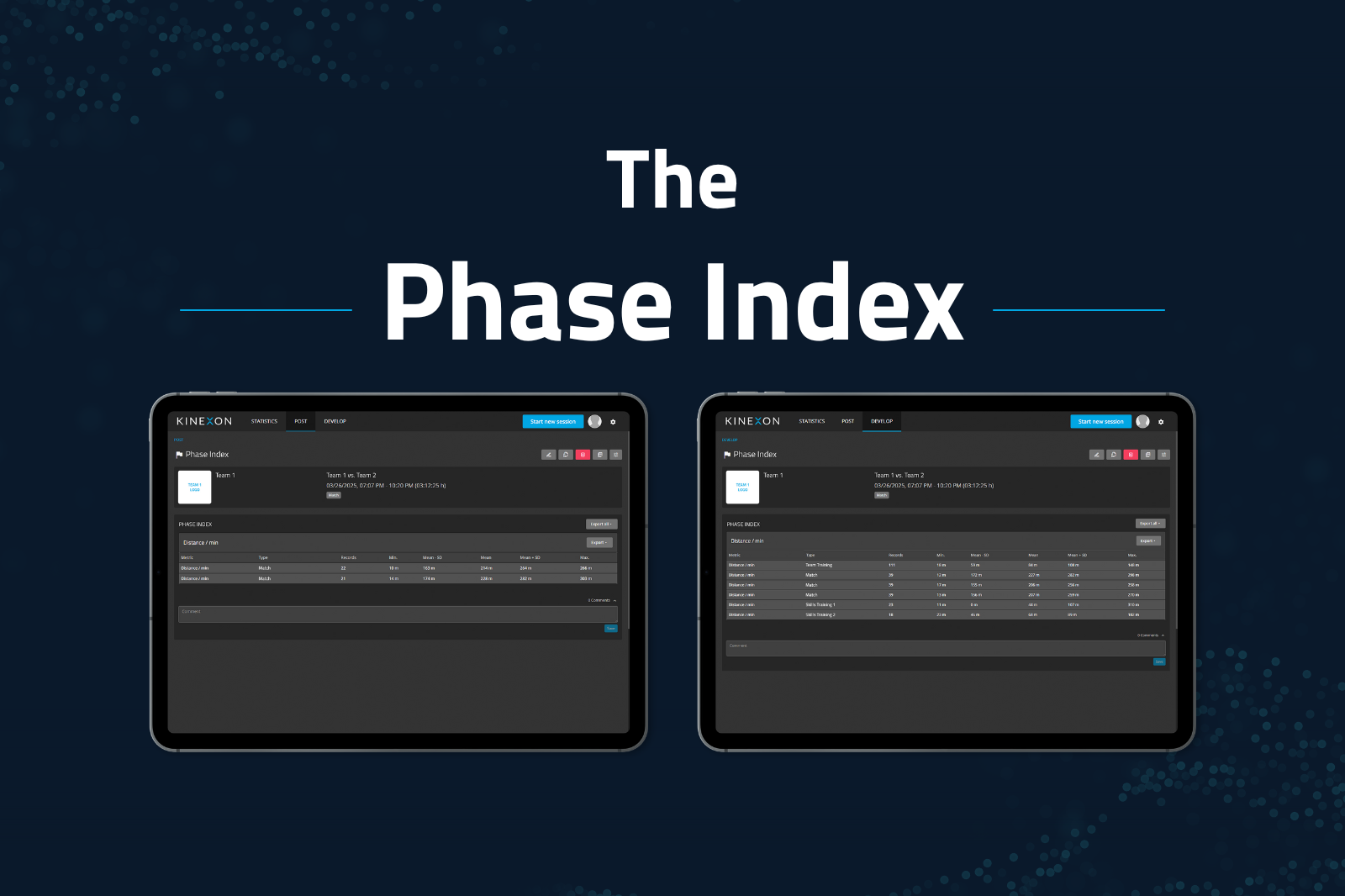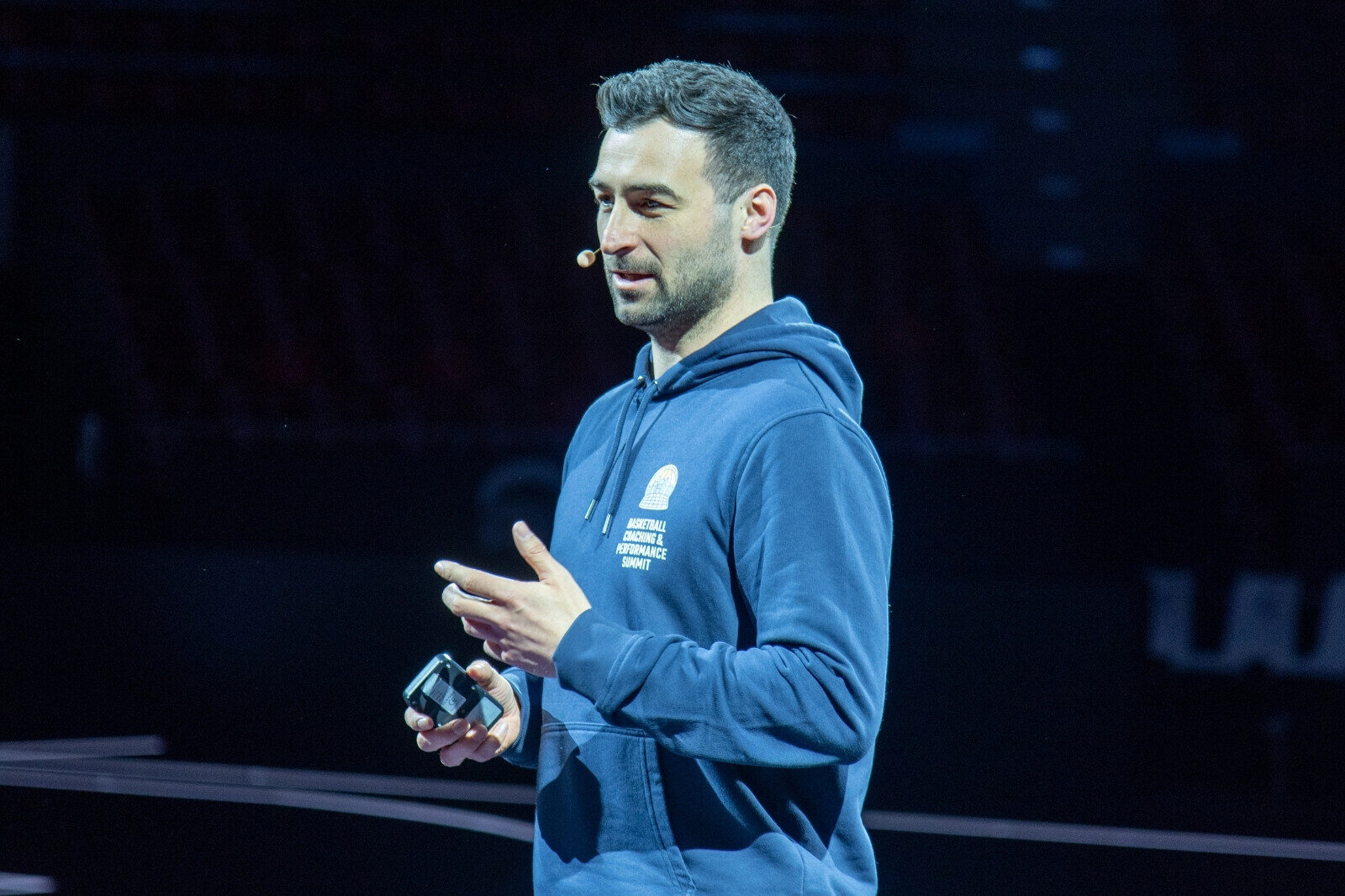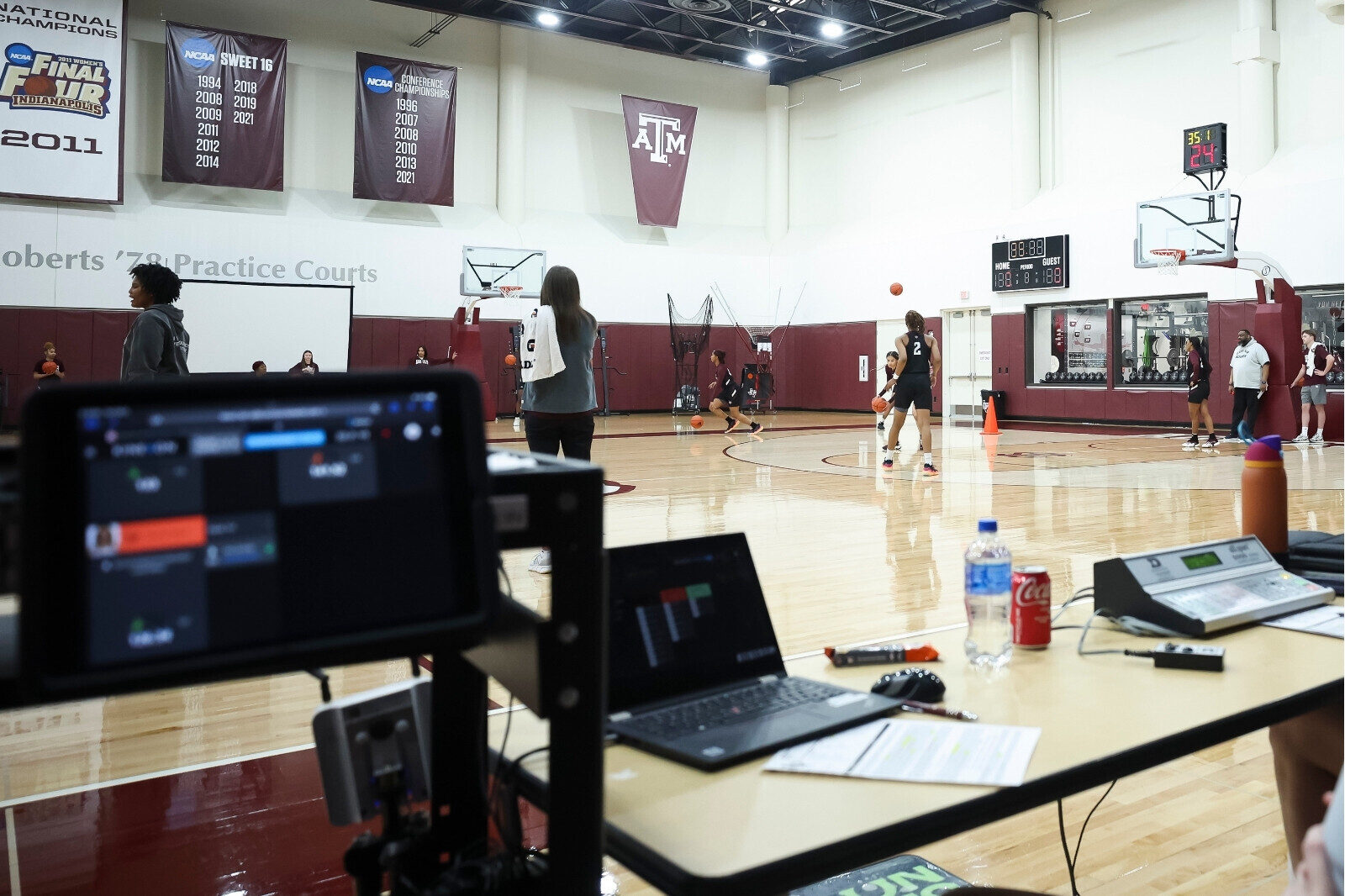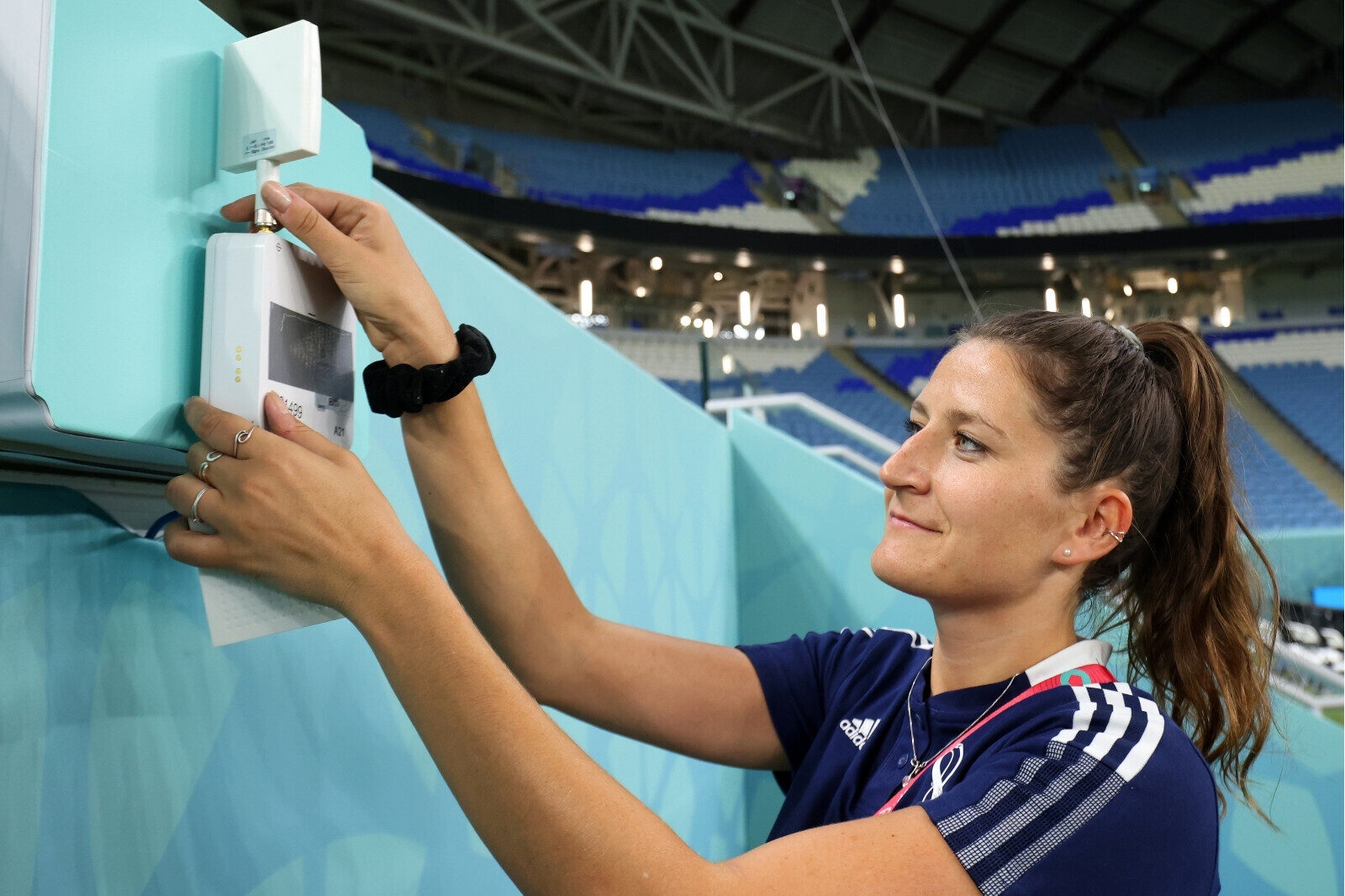Are On-Ice Skating Tests Essential for Coaches Who Evaluate Hockey Players?
On-ice skating tests are often used to evaluate essential performance attributes in competitive-level hockey players, including agility and speed. A recent study provides insights for coaches, that may help them pick the best tests and exercises to assess hockey players.

Michael Bournival led a study titled: “The Science and Art of Testing in Ice Hockey: A Systematic Review of Twenty Years of Research,” at the Université du Québec à Trois-Rivières.
Researchers carried out a comprehensive search on three databases: PubMed, SPORTDiscus, and Scopus, adhering to the PRISMA guidelines, and then analyzed four categories of observations: the population under study, the reported on-ice test(s), outcome measures, and main findings.
Check out our guide on hockey analytics: “How to Dominate the Ice with Data!”
55 On-Ice Tests Reviewed

The review included 107 articles, resulting in 55 on-ice tests related to the on-ice assessments of four major athletic components, which included:
- Aerobic capacity (7 tests)
- Acceleration-speed (6 tests)
- Agility and change of direction (23 tests)
- Repeated skating sprint ability (19 tests)
Most of the tests were conducted on male and older cohorts (16 years and above), primarily at the competitive amateur level.
KINEXON Sports and Dartfish are partnering to provide Unparalleled Insights. Merging KINEXON’s precise player tracking with Dartfish’s advanced puck tracking provides comprehensive visibility into the game.
Tests Designed to Evaluate More Than Fitness
The selected tests were primarily designed for assessing on-ice physiological responses and fitness (38 tests), talent identification-team selection (19 tests), efficiency of interventions (17 tests), and validation purposes (16 tests).
This shows the versatility of on-ice tests and their adaptability to various needs and goals.
On-Ice Testing Considered Relevant

The review found that on-ice skating tests, which evaluate the capacity for repeated intense efforts, agility, acceleration, and speed, are directly relevant to match requirements. The variety of on-ice tests cited in literature underscores the necessity to tailor the evaluation process to the specific population, constraints, and objectives.
The study’s findings provide a versatile toolkit for coaches and researchers alike, facilitating the assessment of hockey players across various levels. It guides them in choosing procedures that align best with their specific environment and practice context.
How to Incorporate On-Ice Testing

Coaches can incorporate on-ice tests into practice drills to enhance players’ skills at a fast pace. For instance, they can start practice with an agility test that concludes with a shot. This helps players improve their agility and skills in a way that mirrors real game situations.
Another option is to use the skating sprint ability test at the end of practice. Coaches can include multiple shots during each recovery period. This helps players learn to maintain accurate shots even when they’re tired, and it makes the conditioning part of the drill more enjoyable.
For strength and conditioning coaches, it’s important to assess all four physical attributes. This helps them design tailored training programs and check the results of specific ice hockey conditioning training.
Hockey Analytics Provide Valuable Information for Coaches
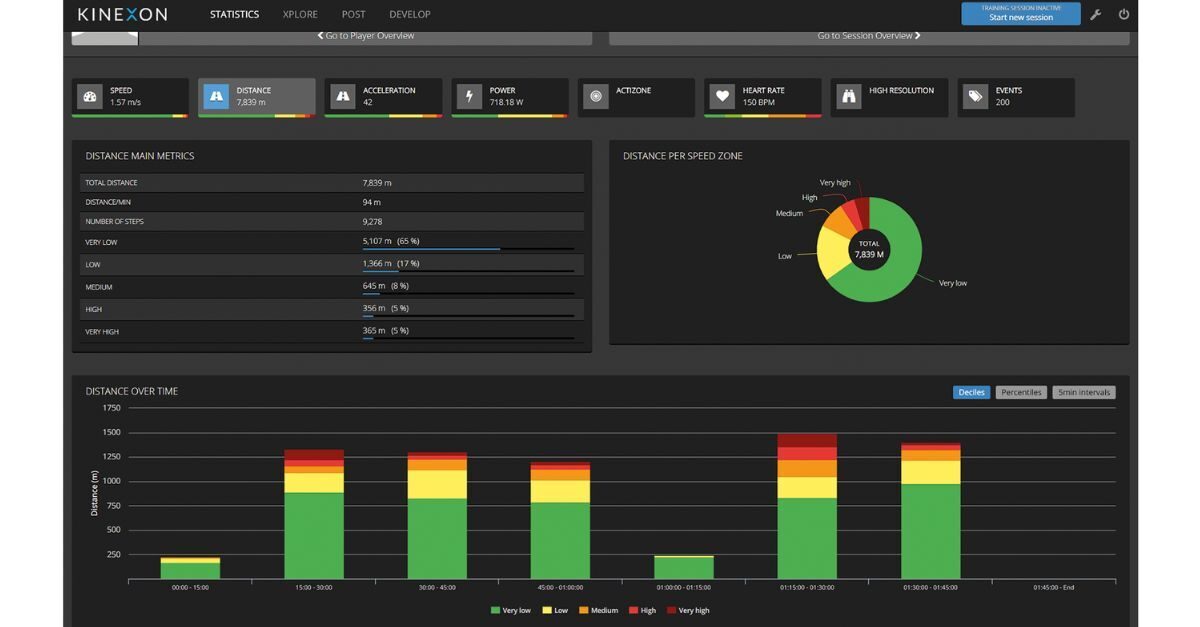
Taking a data-driven hockey approach during training and games can help coaches. It provides objective measurements, targets and goals players need to hit.
To learn more about how data and hockey analytics may help your organization, contact us at any time.
Or download our case study that explains how hockey analytics and performance diagnostics are being used in the German Ice Hockey Federation.
